There are many different materials for insulating your home. Some of them, such as polystyrene or glass wool, we have known for years. Others, such as jute, wool, hemp, cork, are new, natural materials that we are hearing more and more about lately. Globally, things are changing and in addition to the actual insulating characteristics of the material, new criteria are emerging. It is becoming important how the material is produced, whether it is made from renewable or waste materials, what the carbon dioxide balance is or whether the material is recyclable. However, thermal insulation must meet certain conditions to be considered effective. Let's see which parameters are important in insulation and how to choose the best natural thermal insulation.
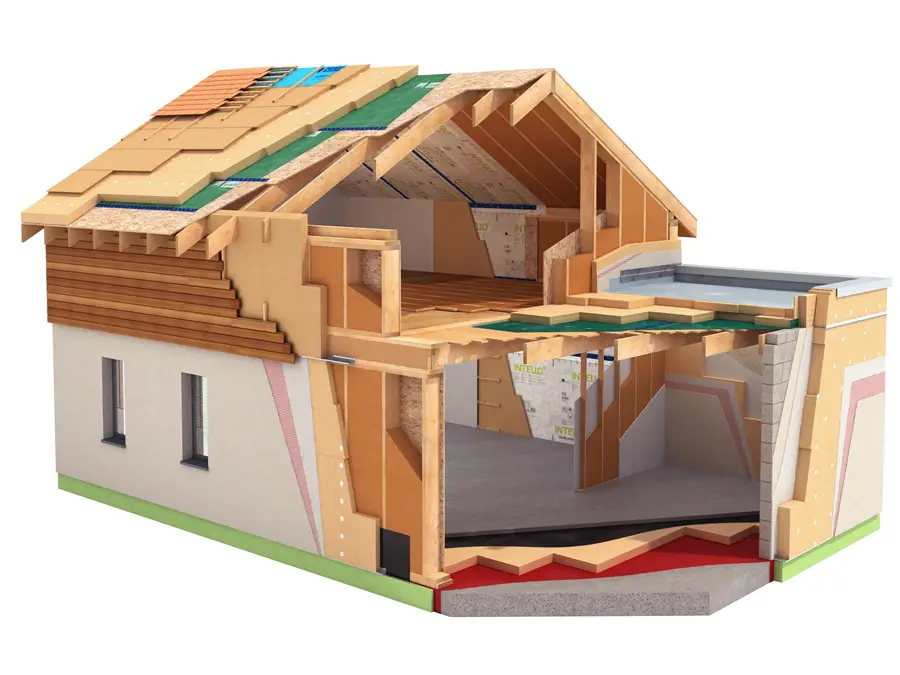
Why houses need to be insulated
Thermal insulation of houses is necessary to minimize heat loss in winter and prevent heat from entering in summer. This means, in addition to increased comfort, reducing the energy costs needed to heat or cool your home.
Insulation can be done while the house is being built. Passive houses built to cut energy costs down to 90% just in. But there are also special materials used in house construction that reduce heat loss. For example Thermibloc from France has developed a building material made from mineralized wood chips in which thermal insulating materials can be embedded. This material is in the form of blocks, similar to BCA. So the house will have its walls ready insulated as soon as it is built.
Also in the range of building materials that also have an insulating purpose are thermal insulating plasters. Their manufacturers claim that when they are used, walls are better insulated. But there are those who believe they are not very effective and much more expensive than traditional insulation methods (e.g. mineral wool).
All types of houses, whether concrete, brick or BCA, need thermal insulation. Wooden houses also need insulation, although wood is a good insulator. Round log houses or rectangular need insulation at structural joints between elements. Timber frame or prefabricated wall houses need insulation at the roof, between the rafters, in the attic, between the layers forming the walls.
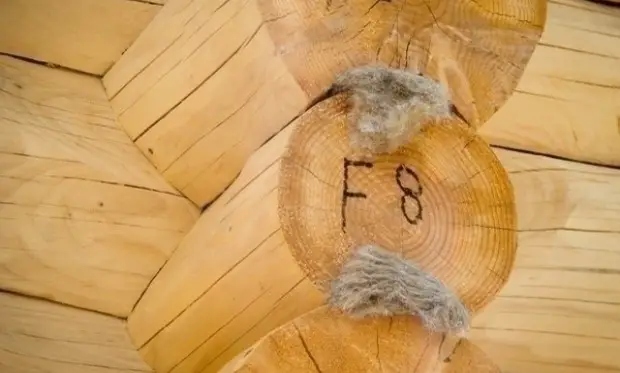
Parameters according to which thermal insulation is chosen
Thermal insulation materials, natural or not, are chosen according to their performance, which is determined by several parameters:
- thermal conductivity - determines how easily heat passes through the material. The lower it is, the better the material insulates. It is also called lambda value (λ) and is expressed in W/mK;
- thermal resistance - is the parameter that relates the conductivity to the thickness of the insulating material. The resistance value is the ratio between the thickness of the material and its thermal conductivity. Thermal resistance is therefore inversely proportional to conductivity and the higher the thermal resistance, the better the insulation material. Unit of measurement: Km²/W;
- Thermal diffusivity - is the ability of a material to conduct heat relative to that of storing it (e.g. metals conduct heat quickly, wood slowly). For insulators this parameter should have a low value. Unit of measurement: m²/s
- density - a material with high density has a high total weight which means it has low thermal diffusivity; kg/m³
- vapor permeability - measures the ability of a material to allow water vapor to pass through it. Thermal insulation must be vapor permeable. Timber-framed houses have an even greater need for insulation materials to allow moisture transfer. Otherwise, mold and mildew will develop, and the next step is wood rot, which affects the strength structure.
A newer but increasingly recognized criterion is the carbon dioxide balance. It is also referred to as bound carbon. It is not a criterion related to insulation performance but to the gases that lead to global warming. It is a ratio that shows how much carbon dioxide was released into the atmosphere during the production of the insulation material compared to that absorbed by the raw materials from which it was made. From this point of view, insulation made from renewable plants has a positive balance sheet.
Natural thermal insulation
The most popular natural materials for home insulation are wood fiberboard, wood fibers, sheep's wool, hemp, jute, cork, recycled cellulose. There are others - seaweed, straw, corn cobs - but they are used occasionally. But the others have reached the stage of industrially manufactured insulation products and are easy to use.
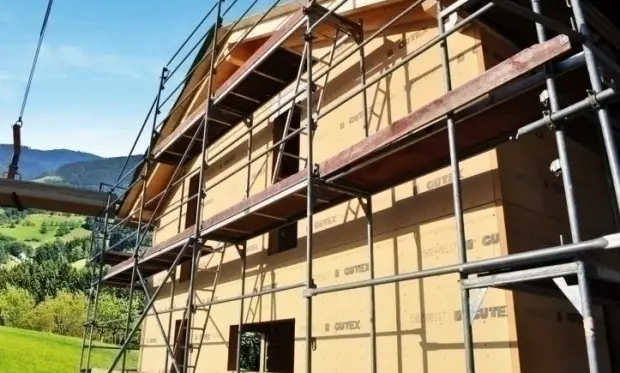
Wood fiber boards and independent fibers
Insulation is the use of waste from the wood industry. The fibres are obtained by a chemical process that partially removes lignin, the substance that stiffens wood. The result is a kind of wood wool that can be used as individual fibers or pressed into boards.
Wood fibers are used to insulate hard-to-reach places and need special installations and specialists to install them. The plates are mainly used for external insulation because they are stiffer and can be easily fitted. This stiffness also means that they are combined with other natural materials in the form of a mattress (hemp, wool) to stiffen them and make them easier to fit.
Insulating parameters: thermal conductivity - 0.38; strength - 2.5; density - 160 for boards and 50 for fibers. It is vapor permeable, so suitable for wooden houses.
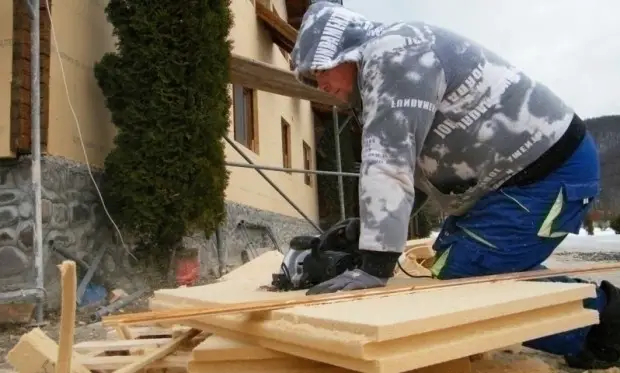
Sheep wool
I've often wondered why Romanian shepherds throw wool away instead of finding a way to recover it, and insulation seemed to me to be one of the best ways of recovering it. As I studied wool insulation more, I understood that wool goes through many operations and transformations before it gets there, which consumes labor and energy.
The wool is collected, cleaned, washed and then pulled into mats of thin strands. All this must be done without the use of dangerous chemicals (aggressive detergents). To be made into insulation it is mixed in a ratio of 5-10% with recycled polyester adhesive and boric acid salts (in a ratio of 2-3%) for protection against pests. Wool insulation is available in rolls of various thicknesses.
The thermal conductivity is o.038; thermal resistance: 2.63; density: 23 and is vapor permeable.
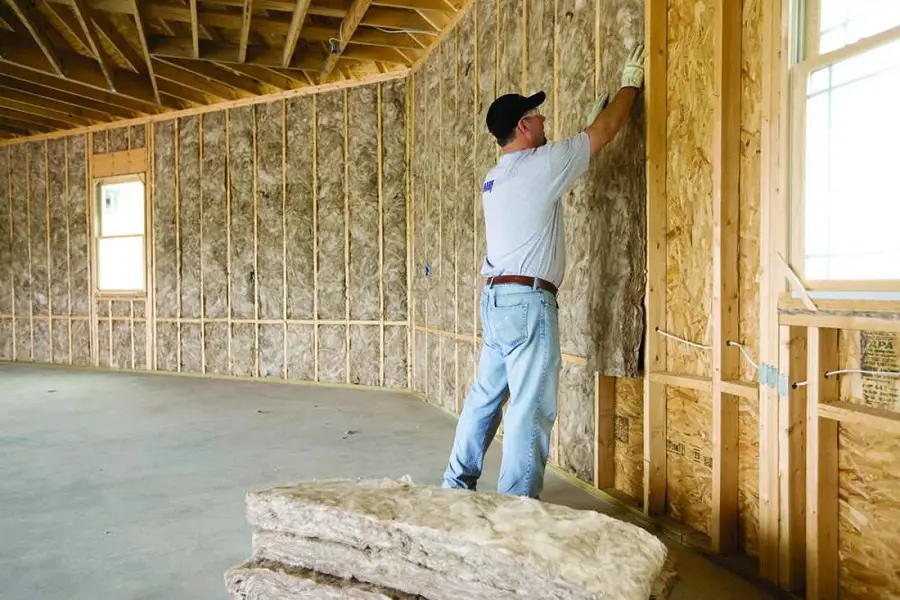
Hemp
Hemp is an industrial plant long used as a fiber for natural fabrics. That used for fabrics is different from hemp used as a drug.
Hemp grows fast, reaching 4 m tall in 3-4 months. The leaves are large and shade the soil, so herbicides are no longer needed to protect crops. The hemp fiber obtained is therefore free of dangerous chemical compounds. As with wool, up to 10% of recycled polyester adhesives are added to hemp insulation. For fire protection 5% sodium salts are added.
Found as rollers or mattresses of different thicknesses. Conductivity: 0.039-0.040; resistance: 2.5; density: 25-38; vapor permeability
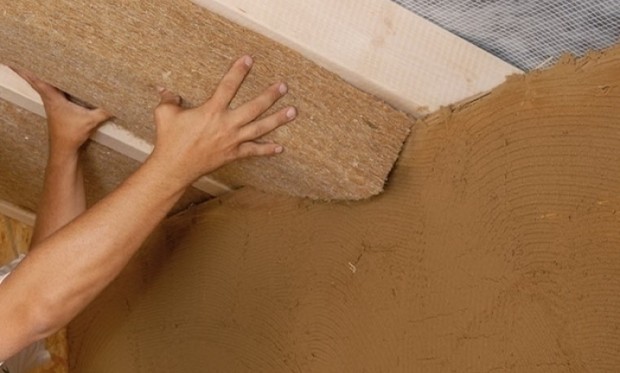
Jute
Jute is an annual plant grown mainly for the fibers obtained from its stem. They are used to make twine, rope, carpet yarn and sacking. Jute insulation is a recent development. It's made from recycled jute bags used to transport cocoa beans, and the idea came from chocolate maker Ritter. It has a beautiful story behind its creation here. Tests have shown that is the best summer insulatorcompared to all existing products on the market.
Jute fibers are used to make insulation in the form of mattresses that are easy to install, do not cause irritation and do not rot. The thermal conductivity is 0.038; resistance: 2.63 at a mattress thickness of 100 mm and density 34-40. It is vapor permeable.
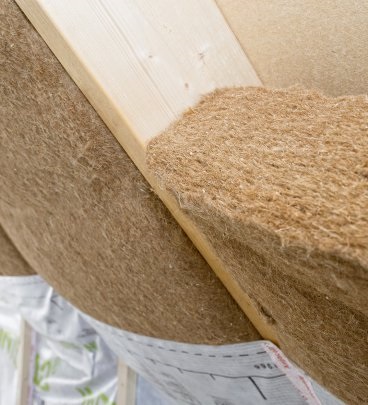
Pluta
Pluta is actually the bark of an oak tree that grows in the Mediterranean area of western Europe and northern Africa. The bark is harvested when the trees are 20-25 years old and regenerates so that after 9 years it can be harvested again. Such oaks live for around 200 years.
The main producer of cork products is Portugal. The thick bark is used to produce natural cork stoppers of the highest quality, while the thin bark is made into pellets. These pellets are used to make cork sheets.
And from the plates you get stoppers. Only 25-301-30% of the surface area of a plate is used for the stoppers, the rest is losses. From these losses came the idea of an insulation material. The scraps are cut into thin strips and pressed. During pressing, suberin, a natural binder, is released, which binds the strips together to form slabs of different thicknesses.
Cork insulation has very good insulation properties, both thermal and sound insulation and vapor permeability. Conductivity 0,36-0,38 and density 110-120. Unfortunately I couldn't find any information about thermal resistance.
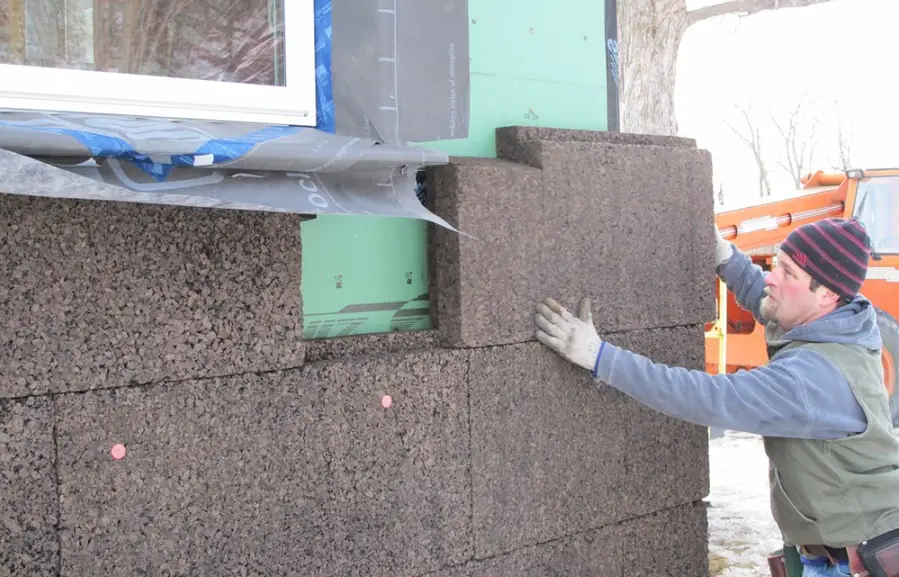
Recycled cellulose insulation
It's basically recycled newsprint. The newspaper is chopped very finely and mixed with sodium salts, which make it fire-resistant, and non-hazardous organic substances (such as boric acid salts) for resistance to mold and insect attack. Insulation is similar to individual wood fibers, which is why it is applied using special equipment that distributes it evenly in the tight spaces being insulated.
Thermal conductivity is between 0.38 and 0.40, thermal resistance is 2.63 and density 27-65. It has vapor permeability.
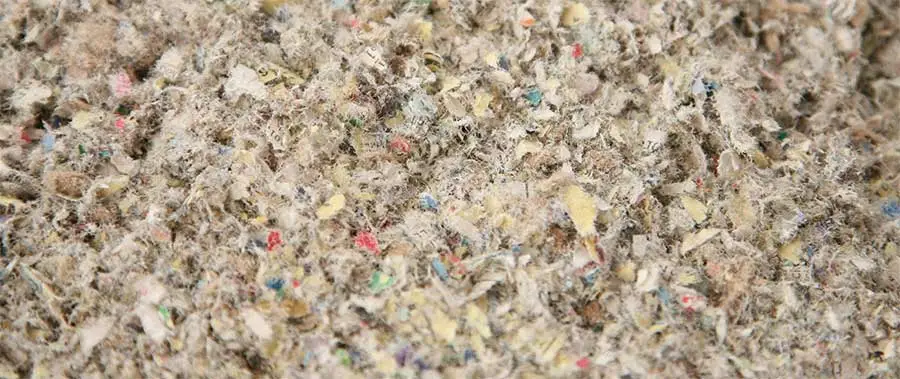
As you can see there are lots of natural materials for insulating your home. And I haven't told you all of them, but especially those you can find in the country. For example. Naturalpaint you can find 4 of the materials shown. It is hard to say which is the best insulation for your home because the factors on which the choice depends are many and varied. It's best, when deciding to insulate, to discuss the pros and cons of each type at length with the supplier and let them know what you expect from the insulation of your home. This is the only way to make sure you won't be disappointed.























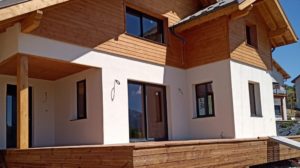

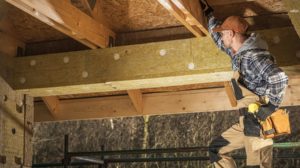
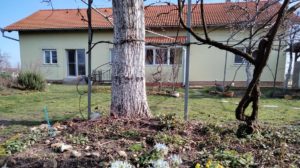
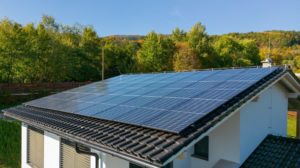
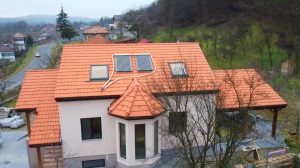
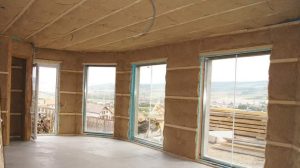
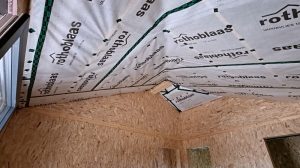
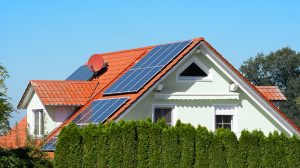



Hello,
Please tell me what insulation is suitable for a wooden house, with air cushion or without.
Thank you.
Hello
The danger in a wooden house is that condensation will occur and the wood will rot. The air cushion is recommended for better air circulation - better ventilation. This prevents condensation. The air cushion is made in attics, between the roof and the attic ceiling or between the roof and the attic. To fulfil its task the air cushion must be well designed. It is formed between the condensation film and the plasterboard layer. Basically the sequence of materials is: batt, insulation (mineral wool, basaltic wool, etc.), condensation foil, metal structure, riprap, riprap.
Natural insulation materials (hemp and jute mattresses, wood fibre) allow much better air circulation and elimination of condensation. This is why they are especially recommended for wooden houses.
All the best!
Don't forget to subscribe to the printed Wood Magazine! For only 58 lei/year you can find out news in the field, discover craft ideas or trade secrets. We remind you that the content in the printed magazine is different from the one on the website. Details in the link below.
Thank you!
https://revistadinlemn.ro/product/abonament-revista-din-lemn/
How come you didn't mention polyurethane foam?
Hello!
Because the subject of this article was natural insulations. An article about other types of insulation for houses follows.
All the best!
[…] https://revistadinlemn.ro/2018/01/09/izolare-mansarda-pod-acoperis/Izolarea thermal insulation of the houseInsulation requirements and arguments in favour of home insulationhttps://www.naturalpaint.ro/ [...]
Hello, of the insulations mentioned in the article can you tell me which one is the least preferred by mice? Our house is made of stone and we want to make a structure upstairs, made of woodm which we are wondering what would be best to insulate it with. Thanks
Hello!
All insulation materials are treated against pests.
I would use wood fibre boards.
All the best!
Hello
I have a brick house that I have refurbished, what insulation do you recommend, I can't decide.
-wood fibre 60 mm
-120 mm basaltic lava
Hello!
This is a decision you have to make.
What I can tell you is that both options are good. If you opt for Gutex wood fibre, the article below on fire resistance may help you. From what I saw at the Cisnădioara meeting, the products are very good, resistant, natural and easy to install.
Basaltic glass does not burn (it melts over 1000 grd.C) and insulates very well.
An insulation specialist who can see the house and the area where it is located would be more helpful.
All the best!
https://revistadinlemn.ro/2020/08/03/test-comparativ-de-rezistenta-la-foc-polistiren-expandat-vata-minerala-bazaltica-panouri-din-fibra-de-lemn-gutex/
Hi, I would like some advice on insulating a wooden house, the house is currently built of 15×15 wooden posts with a 15 cm OSB sheathing, which we decided to insulate with basaltic wool and before that an anti-condensation protection film,and the inside of the roofing 160 and a layer of 3.5 mm of aluminum roofing, metal structure 48mm with 45mm roofing and two layers of BA13, I would like an opinion from you (I mention that the windows are triple glazed), thank you.